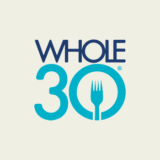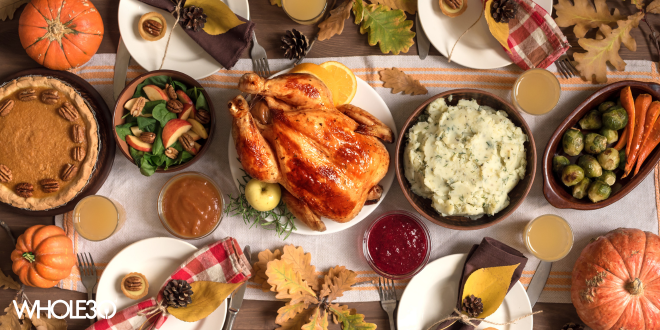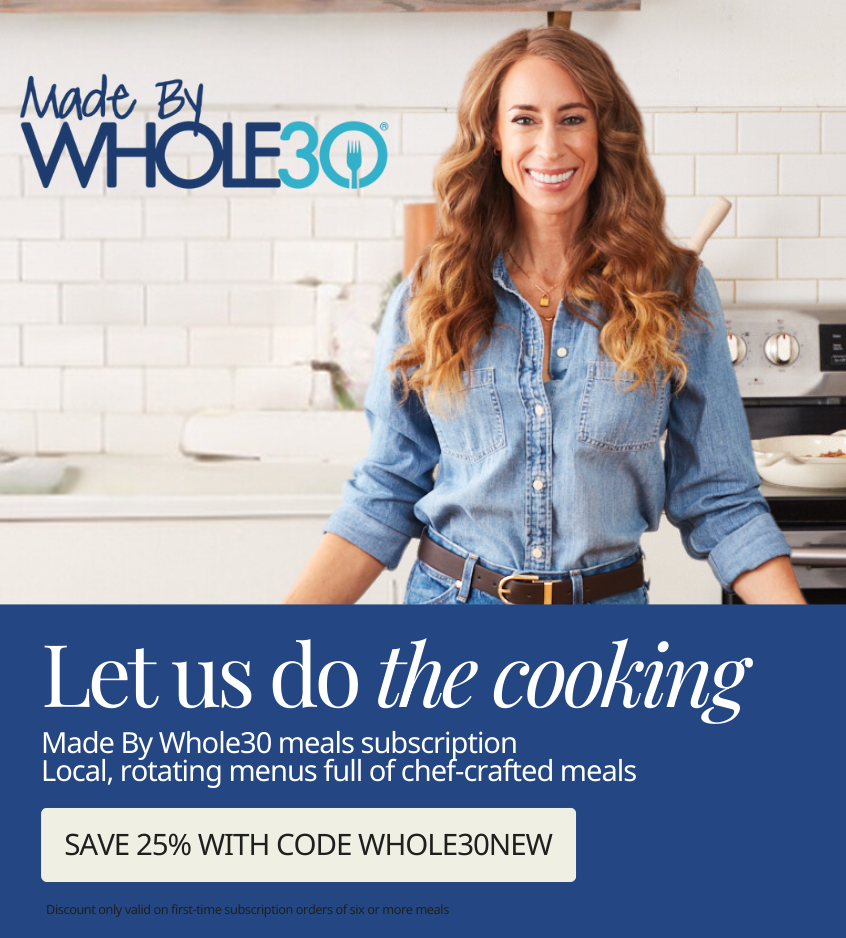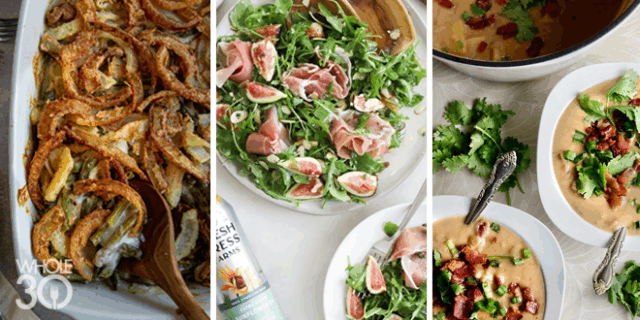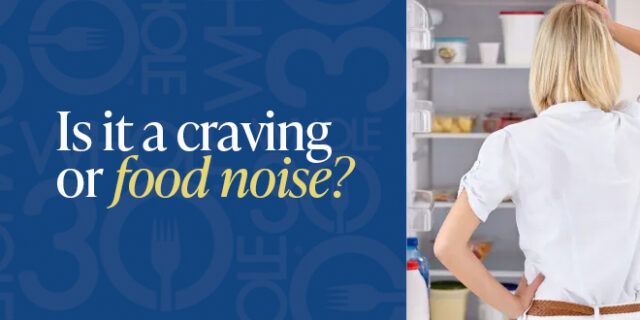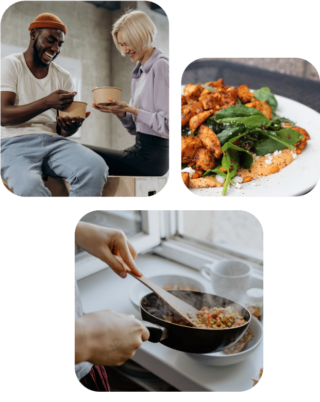Editor’s Note: The content below talks about Thanksgiving foods that are not Whole30 compatible and may or may not fit into your food freedom. But the tips and information can still help you utilize leftovers, no matter where you are on your Whole30 journey. If you want more, see the videos below or check out the Whole30 YouTube channel.
You spend hours, maybe even days, cooking the perfect Thanksgiving meal. You have a delicious roasted turkey, creamy mash potatoes, flavorful stuffing, and a well-balanced cranberry sauce. Don’t let your hard work go to waste because your leftovers weren’t stored properly. With the right technique and tools, you can extend the life of your holiday feast without compromising quality and flavor.
We sat down with Nicole Papantoniou, Director of Good Housekeeping’s Kitchen Appliances and Innovation Lab, for her expert advice on the best ways to store, reheat, and repurpose your Thanksgiving leftovers. From portioning turkey to freezing sides, the summary of our interview with Nicole features tips that will keep your holiday leftovers tasting fresh and full of flavor.
What are your top tips for managing fridge space before Thanksgiving?
Before a big holiday, Nicole says you always want to keep an eye out on your fridge—what you have in there and what’s going bad. When you’re hosting a big holiday, use it as an opportunity to go through your fridge, look at containers, see what’s expired, what doesn’t smell right, and try to use it before you start shopping. Clear out as much space as you want. This way your guests feel comfortable helping you clean up after a big meal. If guests have to move things around themselves they might feel uncomfortable.
Organizing storage containers also makes a big impact. Nicole suggests keeping all your containers and lids together in one place so guests can easily grab what they need. If they have to dig through cabinets, they might feel uncomfortable helping out.
What makes a good storage container for leftovers?
Clear or transparent containers are great because you see what’s inside them. Nicole says it’s important to know what’s in your fridge at all times. Containers with a lid that secures are also really important—ones that have latches seem to work best.
Nicole also likes to have an assortment of sizes and for the containers to be dishwasher safe. Other important considerations are having an assortment of sizes and for the containers to be dishwasher safe.
When it comes to picking between glass and plastic containers, both have their advantages and disadvantages. In Nicole’s opinion, glass containers tend to be more versatile than plastic because you can often put them in the oven. Plastic containers are lighter so if you’re transporting your leftovers to work it might be more accommodating. Regardless of which container you choose, remember to pick ones that are transparent, have a good lid, and come in an assortment of shapes and sizes.
What kitchen tools or supplies do you recommend to help make dealing with leftovers a breeze?
Having a good ladle is important to Nicole. The brand GIR makes a silicone ladle that has measurement marking and is flexible so you can scrape the bottom of your pan. You can also use it for mashed potatoes, gravy, and soups.
She finds it helpful having serving utensils that you’re really comfortable with. Containers are also really important. Again, she says you should look for containers that are reliable, durable, and come in different shapes and different sizes that’ll accommodate different types of leftovers.
How should you store cooked turkey and ham?
The most important thing is to get it into the fridge within two hours, she says. That might feel like a short window, but it’s the USDA recommendation to prevent bacterial growth. If your guests linger around the dinner table, Nicole suggests putting the turkey away sooner rather than later, even if it feels a little early.
When it comes to storing your turkey or ham, Nicole emphasizes breaking down leftovers. Store the turkey or ham in containers that fit what you have. She says you want a tight seal—a good container with a lid that closes well will keep it fresher for longer.
If you know you’ll be eating everything within a couple of days, it’s okay to consolidate. But Nicole says if you plan to freeze some of it, keep portions separate so it’s easier to thaw and use only what you need later.
What’s the best way to store and reheat gravy?
Gravy is best when it’s freshly made or heated up nice and hot. Nicole says the key is to cool it down to room temperature before storing it. Store it in a container you can either scoop out of later. Or if you are going to use all of it, put it in a container you could pop in the microwave or heat up on the stove.
Nicole recommends heating your gravy separate from your other ingredients. Items heat up at different rates so to ensure your gravy tastes the best, heat it separately from whatever you’re putting it on.
To avoid over-reheating, Nicole offers a creative storage tip: Pour your leftover gravy into silicone ice cube trays and freeze it. That way, you only take out what you need—just pop out a cube or two! Once frozen, you can transfer the cubes to a resealable freezer bag, where they’ll keep for at least a month.
How to store sides like stuffing, mash potatoes, and cranberry sauce
For Nicole, the biggest thing is to put them in an appropriately sized container leaving as little air inside as possible. This way they’ll last longer. Again, she says to choose a container that has a lid that seals to preserve their freshness. If you’re eating them the next day you can use aluminum foil with whatever container to cover them.
For those planning ahead, freezing is always an option. If you don’t think you’ll eat your sides in a few days, throw them in the freezer. Using a vacuum sealer is ideal because it removes air and helps prevent freezer burn, but Nicole says resealable bags can work, too.
How you can store vegetables, salads, and softer sides
Soft vegetables like green beans and carrots do well in sealed containers, but salads are trickier. If they’re already dressed, Nicole says salad will probably wilt overnight. A good tip is to let your guests dress their salads individually. That way, the leftover greens stay fresh for the next day.
To prevent your greens from wilting, Nicole suggests a clever hack. Place a paper towel on top of your salad in the container. It absorbs excess moisture, keeping it from getting soggy. But before you serve the salad, it’s important to check the condition beforehand. As for her go-to greens? She loves using crisp romaine lettuce, especially when you are eating really dense Thanksgiving foods, it’s nice and light.
Her Greek and Italian family often had a Greek-inspired salad with dill, feta cheese, and scallions with lemon as part of the dressing. She thinks it’s the perfect way to brighten up a meal!
How do you store bread and rolls?
For a softer bread, Nicole suggests keeping it in a sealable container. A crustier bread, like sourdough, can be stored in a paper bag or bread bin. You can also store softer breads and rolls in the freezer. Another option she mentions is using resealable bags, because they accommodate different sizes and shapes. You can fold them over to let the air out. You can put rolls in a resealable bag and this way you can have access to them.
Nicole regularly purchases frozen bread because it lasts much longer—up to six months—but it’s also best to check with the manufacturer. When it comes to freezing bread, you’ll want to make sure to keep the container closed to prevent ice crystals. Nicole says she takes her frozen, sliced bread out and toasts it the way you normally would. A lot of toasters actually have a frozen bread setting that adds about 30 seconds—it basically does all of the work for you!
If you’re freezing rolls, she suggests taking them out of the freezer and breaking off as many as you need. Let the rolls come to room temperature, she says, then you can either put them in the toaster oven or eat as is. It’s all really flexible!
Should pies and desserts be stored on the counter or in the fridge?
It really depends on what kind of dessert you are trying to save, Nicole says. Most desserts have a ton of sugar preservatives in them so those will typically last longer on your counter. If something is more delicate or dairy-based, you’ll want to keep that in the fridge. Nicole emphasizes that it really depends on how long you’re keeping your desserts. You could most likely get away with storing your pies in the container they came in or opt for a container with a lid. She also mentions that sometimes condensation becomes a problem.
If you need to store dessert for longer, Nicole recommends wrapping them in plastic wrap and freezing. That way you can enjoy later without worrying about them going bad.
Preserving flavor and quality when you’re freezing leftovers
When it comes to freezing, she recommends a vacuum sealer. The beauty of a vacuum sealer is that it takes all of the air out of the container so foods will last even longer, Nicole says. Something like a turkey or a ham you can put the meat in a single layer to vacuum seal. She says it’ll be nice and flat, and without that air it’ll be less likely to develop any of those ice crystals. The meat will last longer and you can thaw it in your fridge and heat it up as you normally would.
When it comes to preserving meat with a vacuum sealer, Nicole adds this helpful tip: “Just remember to put it into portions that you’re going to eat once you defrost them.” It’ll take much longer to defrost if you’re putting a large chunk of turkey in the freezer.
As for freezing your Thanksgiving sides, she says you can also use a vacuum sealer. But silicone trays are another tool Nicole likes to use. She says there’s one really cool company called SouperCube—they have silicone trays designed for leftovers that come in one- and two-cup sizes.
Any creative ways to use Thanksgiving leftovers?
For Nicole, Thanksgiving leftovers are nostalgic. “Thanksgiving is always the holiday that my parents would host, so for me having leftovers for breakfast was always such a childhood memory,” she shares. “‘Til this day I still love it. A lot of times I do like eating things cold, but at the same time, honestly popping them into the microwave is just really nostalgic for me.”
If you want to try something different, Nicole recommends making soup with the leftover turkey carcass. It’s a great way to use what’s left without eating the same dish all over again. The broth is rich, nourishing, and perfect for the chilly days after Thanksgiving.
Click here, for more tips and tricks on how to maximize your thanksgiving leftovers and transform them into entirely new dishes.
Advice for sending guests home with leftovers
This is a funny one, Nicole says, because most people don’t really want to part with their good containers. She suggests stocking up on meal-prep containers or saving takeout containers throughout the year. “They’re inexpensive and reusable for a while,” she adds.
This also helps Nicole to reduce waste. If you already have takeout containers at home, reuse them! It’s an easy way to give food to guests without worrying about getting your containers back.
Make the most of Thanksgiving leftovers this year
With Nicole’s expert advice and clever tips, managing Thanksgiving leftovers doesn’t have to be overwhelming. Whether you’re freezing extra turkey, reheating gravy, or portioning sides for future meals, these tips ensure no food is wasted.
If you want to learn more about kitchen gadgets or connect with Nicole you can visit goodhousekeeping.com. They have tons of stories, like “What are your best storage containers?”, and often address how to use your storage containers, and what to look for. You’ll also find more Thanksgiving content from them, as well as articles about everything from appliances to recipes from the Good Housekeeping test kitchen.
From the website you can see Nicole’s bio and exactly what articles and content she writes. Follow her Instagram @nicole_papantonious, where she posts a lot of behind-the-scenes clips so you can see exactly what’s happening in the Good Housekeeping lab.
Want more amazing meal prep, cooking, and other helpful information for your Whole30 and beyond? Subscribe to Whole30 emails and get the latest program news, tips, and advice from Melissa Urban delivered to you weekly.
Disclaimer: This page contains affiliate links. We earn a small commission when you purchase through these links.

